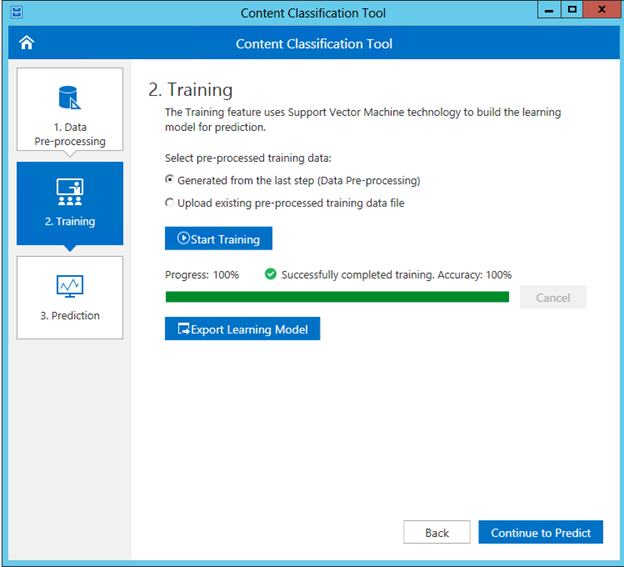Looking for ways to optimize records management in Office 365? Check out our webinar on-demand “Tips and Tricks: Successful Records Management in the Cloud.” Download here!
Despite the modern times we live in, records management programs continue to rely heavily on records managers and end-users to perform tasks such as:
- Identifying records
- Determining the appropriate record classification to associate with a document
- In many cases, manually applying that classification to the content
Unfortunately, this dependence on human intervention requires significant training, distracts end-users from their primary job functions, and is prone to human error.
Further, especially for larger organizations, the scale of the problem is just too big when you consider the unprecedented rate at which content is being generated. We must turn to automation.
Indeed, most modern organizations leverage automation to achieve consistency, speed, and scale for repetitive tasks (think payroll, report generation, onboarding/offboarding workflows, etc.). That said, the predictable nature of these tasks is what makes them ideal targets for automation.
In the case of records classification, however, it’s often the decision-making of our users that we must automate.

Enter Artificial Intelligence
Broadly speaking, Artificial Intelligence (or AI) refers to the ability of computers to perform tasks that require human intelligence. These can range anywhere from the ability to recognize speech and images to being able to make decisions.
The prospect of delving into AI may seem daunting for organizations that don’t have data scientists and AI specialists on staff, but AvePoint is here to help. Our R&D teams have been working with AI for years. For example:
- We recently released a Microsoft Teams chatbot that assists users with restoring Office 365 files
- Our Compliance Guardian Platform has been leveraging machine-learning for automated data protection and risk management since 2017
- Our Citizen Services platform includes a chatbot that reduces the burden on call centers in multiple languages
- In 2015, we were experimenting with apps that leveraged AI and machine learning in the Microsoft Graph
For records management, AvePoint leverages a branch of AI called Machine Learning. Machine Learning allows computers to make predictions (such as what type of record a document is) based on observed data without the need to be given explicit instructions.
We offer a spectrum of sophistication with regard to how our customers can classify their content in our records management products. This runs the gambit from manual classification on one end to machine learning on the other.

We can apply prescriptive auto-classification rules to the majority of records, thus making it possible for the person configuring the system to describe what to look for.
In other cases, documents may share patterns that allow a human to infer a relationship even though they can’t quite explain it. Machine learning can often help automate these types of decisions.
How Machine Learning Works for Records Classification
By using sophisticated machine learning algorithms the system can deduce common statistical patterns within a document, train the system to recognize these patterns, and then use this information to analyze similar documents.
Building a learned model is as simple as curating known content and feeding it into the tool. This will generate a “check” that will be used to scan new content.
During the training process, the machine learning algorithms will perform multiple iterations of model calculations with different sample allocation strategies to find the model that’s the most accurate.
There are two primary steps to implementation:
- Training. Collecting training samples and performing training to build the prediction model.
- This one-time process may take about 20 minutes depending on the nature of the documents and the hardware used.
- Prediction. Use the prediction model from the step above to predict new documents.
- This runs in the context of a content scan. Normally each document takes less than 1 second to process.


These tools and capabilities put the power of machine learning in reach of any organization without the need for data scientists and deep technical expertise.
AvePoint is continuing to invest in machine learning to make this process even simpler and more integrated. This includes powering additional experiences such as “suggested classifications” and “are you sure?” -type hints for end users to leverage additional types of machine learning algorithms.
We invite you to learn more about records management, machine learning, and the many other ways that AvePoint can help you reach your goals by setting up a demo today!




